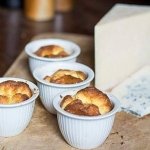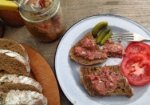Although being immensely popular, Australia’s first published cookbook, Edward Abbott’s The English and Australian cookery book for the many and the upper ten thousand (1864), featured only one recipe for a ‘curry’.
Curry. Cut meats, fowls, or rabbits into small joints, and fry them brown in a pan with an onion chopped up. When half done take them out and put them into a stewpan, with two table-spoonfuls of curry stuff and a dredge of flour, and let it simmer with the juice of half a lemon, a table-spoonful of butter, and a little ketchup.
This is what we would call a ‘dry’ curry. In sharp contrast, Abbott also observed that:
‘curries are excellent and wholesome dishes; but a curry in a deluge of broth, with meats floating about like so many islands, is an abomination.’
Abbott’s book also includes a mulligatawny which, being a curry flavoured soup, might fit this disparaging description, but at least it wasn’t pretending to be a curry.
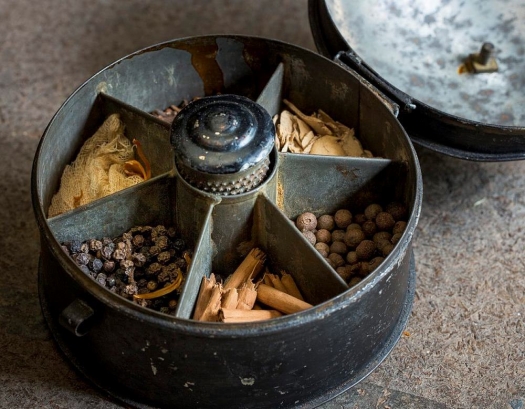
Nineteenth-century spice caddy, Japanned tin. Photo © James Horan for Sydney Living Museums
‘Curry stuff’
Abbott was suspicious of bought brands of curry ‘stuff’, providing a curry powder recipe for his readers to make themselves (see below). The best way to ensure quality was (and unless you by from a trusted spice merchant, still is!) to buy your spices in whole form and grind them yourself.
The powder sold at the shops is invariably adulterated; there may be exceptions, but they are rare; for if the articles are dearer when singly purchased that the curry stuff, it is impossible for the latter to be pure, that’s certain.
The beauty of Abbott’s curry powder blend is that it uses spices that would be commonly found in most pantries in colonial times, with the addition of turmeric, which you might have to acquire from a specialty grocer or chemist.
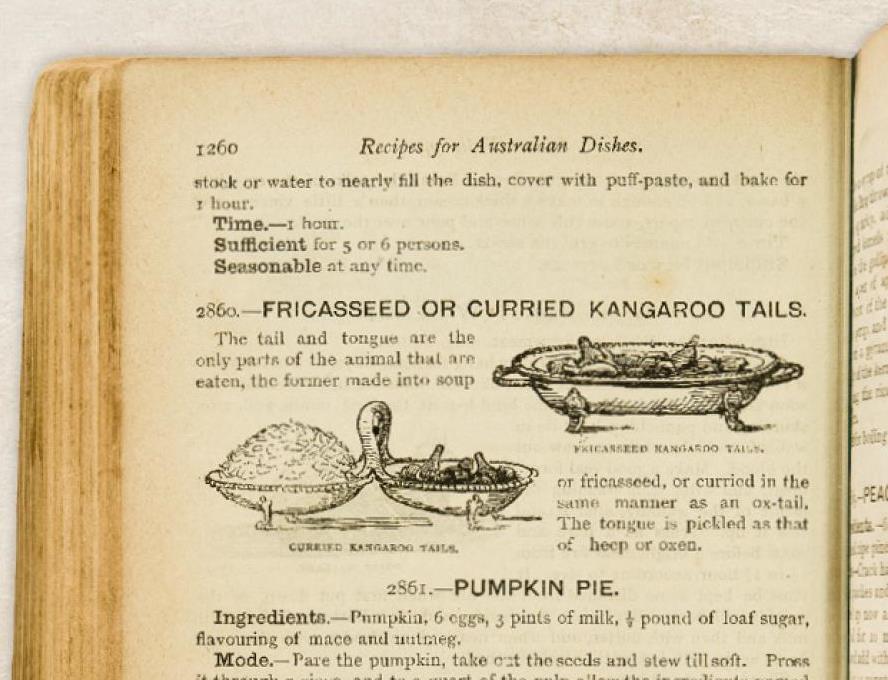
Curried kangaroo tails illustration in Mrs Beeton’s book of household management circa 1880s. Rouse Hill House and Farm collection. © Sydney Living Museums
Colonial curries
Abbott’s recipe is suitable for ‘meats, fowl or rabbits’. A curry of fowl or chicken might only be found on the tables of the ‘upper ten thousand’ in the 1860s but mutton and rabbits were very commonly curried. Rabbits had always been good curry meat and many households kept hutches of rabbits as a culinary resource. Rabbits were released into the wild in Geelong, Victoria in 1859, and steadily spread across the continent. Becoming feral in the 1860s and 1870s they found their way into many a humble householder’s curry pot for decades to come.
Locally caught wallaby, kangaroo, eels and river fish were also popular in curries, the bold spicy flavours being well suited to the strong flavour of game meats, and masking the muddy or earthy character of river fish.
Saucy stuff
The addition of ketchup in Abbott’s curry recipe added extra dimension to the curry flavour, bringing piquancy and body to the sauce. Just as the spices he used for his curry powder were mostly household staples, using ready-to-hand pantry sauces such as ketchup is another reason why curries became such versatile stand-by dishes to dress up whatever meat was on hand.
According to Abbott:
‘there is nothing so useful in cookery as a good ketchup; and we strongly advise the housewife to make it herself, as those purchased ready-made can seldom be depended on…. the majority of the ketchups retailed is a bad compound of liver and fish-roes, seasoned with pepper and drugs, not of the most healthful kind.’
But before we reach for the ubiquitous tomato sauce bottle, ketchup in this instance is more than likely to be made from mushrooms rather than tomatoes. Mushroom ketchup is made by drawing out the juices of fresh field mushrooms with a good sprinkling of salt, and boiling the resulting liquid with spices such as cloves, mustard seeds, allspice, black peppercorns and ginger. the mixture is left to steep for several days and then strained and bottled, producing a condiment which is not unlike Worcestershire sauce.
Edward Abbott’s curry powder
Ingredients
- 80g ground turmeric
- 70g coriander seeds (finely ground)
- 40g black peppercorns (finely ground)
- 30g mustard seeds (finely ground)
- 20g cayenne pepper (or sweet paprika), to taste
- 10g ground ginger
- 5g mace (finely ground)
- 5g cinnamon quill (finely ground)
- 5g cloves (finely ground)
Note
This curry powder blend was published in 1864, by Edward Abbott in The English and Australian cookery book, for the many and the upper ten thousand. You may want to modify the ratios to taste – but then it would not be 'authentic'!
Makes 265 g
Directions
| Combine all the ingredients and blend together thoroughly. Store in an airtight container for a few days before using to allow the flavours to meld. Keeps for up to 12 months. | |
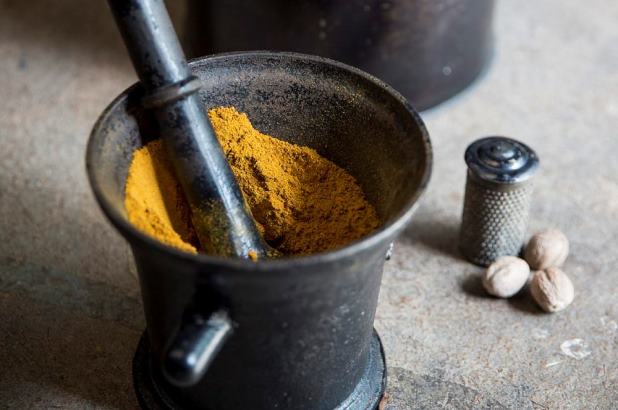
 Print recipe
Print recipe